More Than Just Dust In The Wind
More than Just Dust in the Wind

From space, we can see a swirling brown mass making its way across the Atlantic – dust from the Sahara Desert – the largest hot desert in the world. It’s a normal phenomenon. Every year, winds carry millions of tons of dust from North Africa, usually during spring and summer in the Northern Hemisphere.

June 2020 has seen a massive plume of dust crossing the ocean. It’s so large it’s visible from one million miles away in space.

Dust clouds this large can affect air quality in regions where the dust arrives. The particles can also scatter the Sun’s light, making sunrises and sunsets more vibrant.

Dust particles in the air are also known as aerosols. We can measure aerosols, including dust, sea salt and smoke, from satellites and also use computer models to study how they move with the wind.

Following the transport of dust from space shows us how one of the driest places on Earth plays a role in fertilizing the Amazon rainforest. There are minerals in Saharan dust, like phosphorous, that exist in commercial fertilizers, helping seed the rainforest.

Make sure to follow us on Tumblr for your regular dose of space: http://nasa.tumblr.com
More Posts from Night-hides-the-world and Others
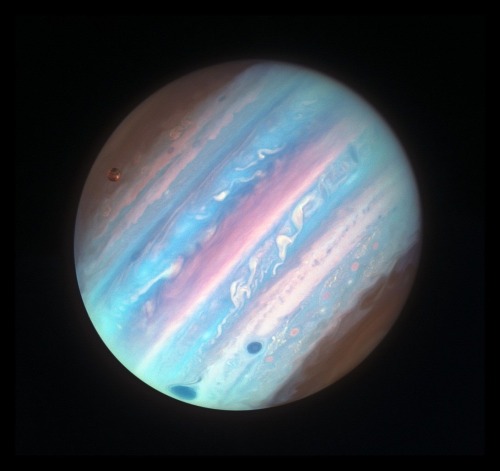
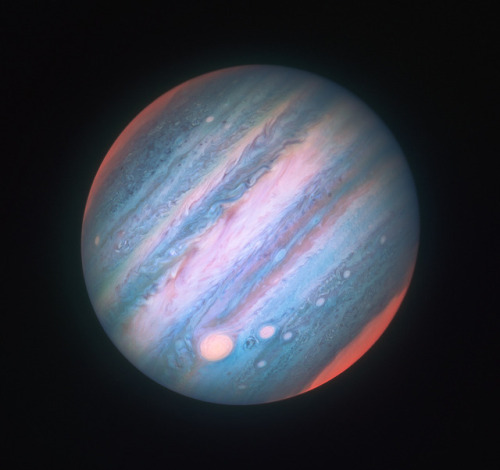
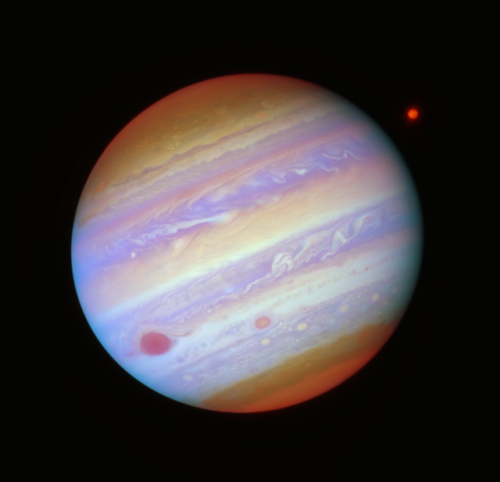
Jupiter (filtered) by Judith Schmidt.
Enchanted Moon II by Nima Shayesteh
Wolf Moon by miguel aviles - Art of Visuals Collective
Moon on the horizon, Santa Barbara | California (by A. Klioutchnikov)
And unfortunately I can’t find credit for the final photo.




Official video with credit where appropriate for the above images.
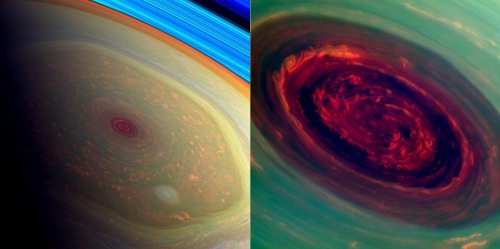
Saturn’s hexagonal storm system in it’s north pole

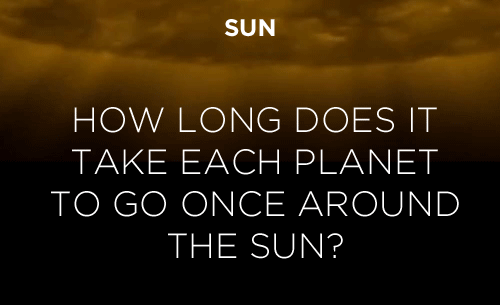
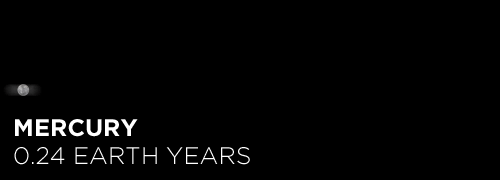
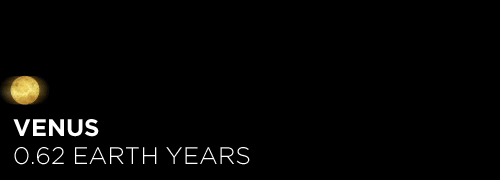
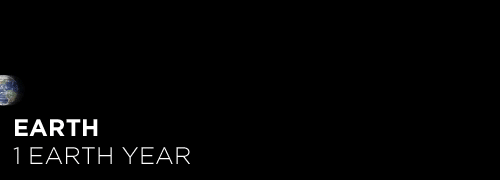
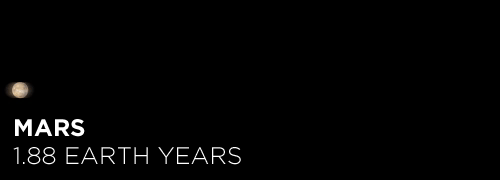
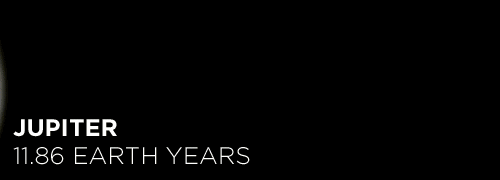
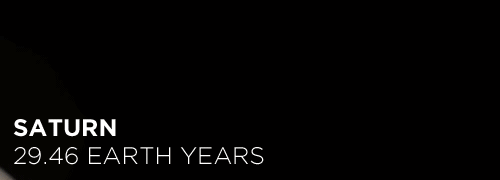
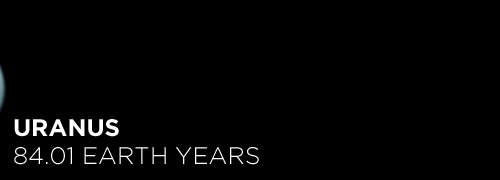

Here’s the orbital period of our solar system’s 8 major planets (how long it takes each to travel around the sun). Their size is to scale and their speed is accurate relative to Earth’s. The repetition of each GIF is proportional to their orbital period. Mercury takes less than 3 months to zoom around Sol, Neptune takes nearly 165 years.
-
 joeby549 reblogged this · 2 months ago
joeby549 reblogged this · 2 months ago -
 philosophygirl reblogged this · 2 years ago
philosophygirl reblogged this · 2 years ago -
 blueiscoool liked this · 2 years ago
blueiscoool liked this · 2 years ago -
 cernunnos1990 reblogged this · 2 years ago
cernunnos1990 reblogged this · 2 years ago -
 cernunnos1990 liked this · 2 years ago
cernunnos1990 liked this · 2 years ago -
 yate01 liked this · 2 years ago
yate01 liked this · 2 years ago -
 weewoo423 liked this · 2 years ago
weewoo423 liked this · 2 years ago -
 beautifulbutcrazylife liked this · 2 years ago
beautifulbutcrazylife liked this · 2 years ago -
 authordanielcoffman reblogged this · 2 years ago
authordanielcoffman reblogged this · 2 years ago -
 authordanielcoffman liked this · 2 years ago
authordanielcoffman liked this · 2 years ago -
 geminiwave reblogged this · 2 years ago
geminiwave reblogged this · 2 years ago -
 mainblog1 liked this · 2 years ago
mainblog1 liked this · 2 years ago -
 stevebusemihappy liked this · 3 years ago
stevebusemihappy liked this · 3 years ago -
 khushiyanhikhushiyan liked this · 3 years ago
khushiyanhikhushiyan liked this · 3 years ago -
 alux-ulkan liked this · 3 years ago
alux-ulkan liked this · 3 years ago -
 fantasydreamer reblogged this · 3 years ago
fantasydreamer reblogged this · 3 years ago -
 fantasydreamer liked this · 3 years ago
fantasydreamer liked this · 3 years ago -
 corpious liked this · 3 years ago
corpious liked this · 3 years ago -
 sword8abe reblogged this · 3 years ago
sword8abe reblogged this · 3 years ago -
 solroja liked this · 3 years ago
solroja liked this · 3 years ago -
 a-sprig-of-thyme liked this · 3 years ago
a-sprig-of-thyme liked this · 3 years ago -
 im-just-the-traveler liked this · 3 years ago
im-just-the-traveler liked this · 3 years ago -
 mx-rian liked this · 3 years ago
mx-rian liked this · 3 years ago -
 zenospiral reblogged this · 4 years ago
zenospiral reblogged this · 4 years ago -
 cow-val liked this · 4 years ago
cow-val liked this · 4 years ago -
 typicalhimejoshi liked this · 4 years ago
typicalhimejoshi liked this · 4 years ago -
 bobbinlittlefoot liked this · 4 years ago
bobbinlittlefoot liked this · 4 years ago -
 adhdnap liked this · 4 years ago
adhdnap liked this · 4 years ago -
 truefaith94 liked this · 4 years ago
truefaith94 liked this · 4 years ago -
 ioandelice liked this · 4 years ago
ioandelice liked this · 4 years ago
Astronomy and the other wonders you witness when you look to the skies.
115 posts






